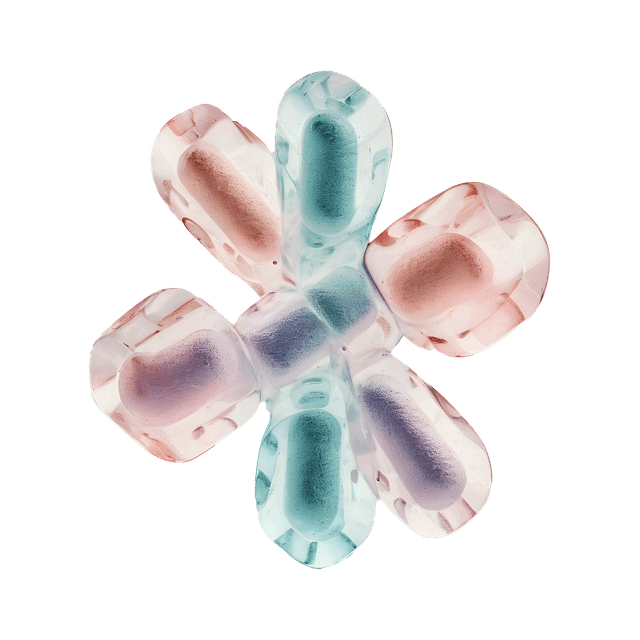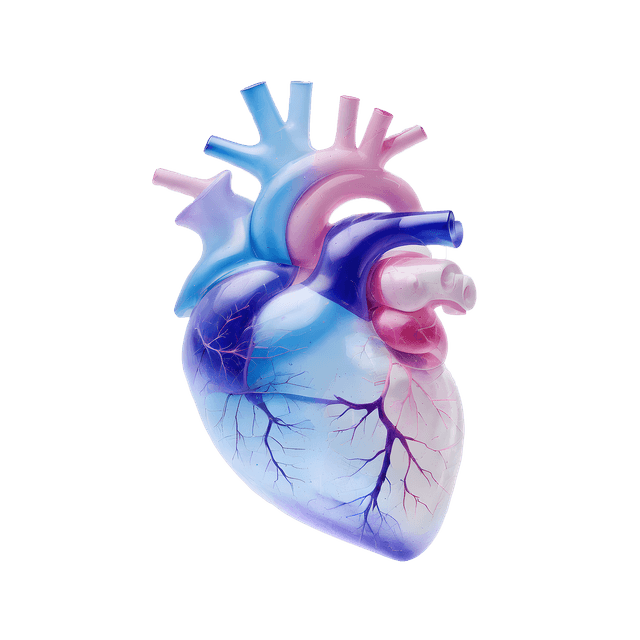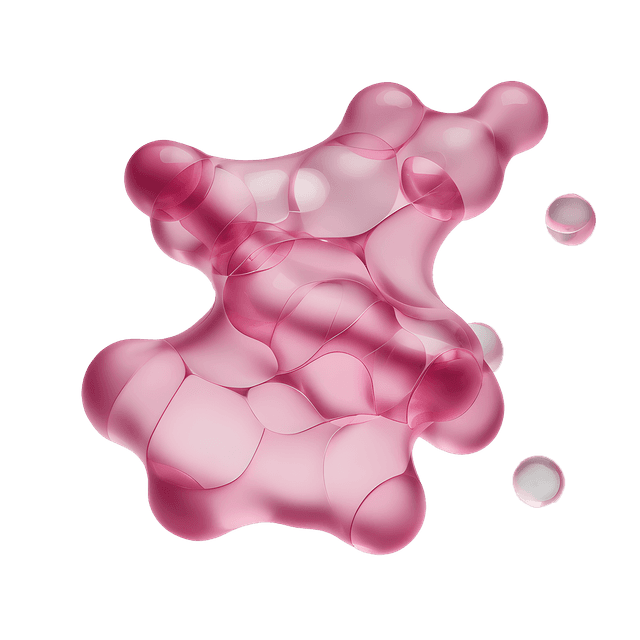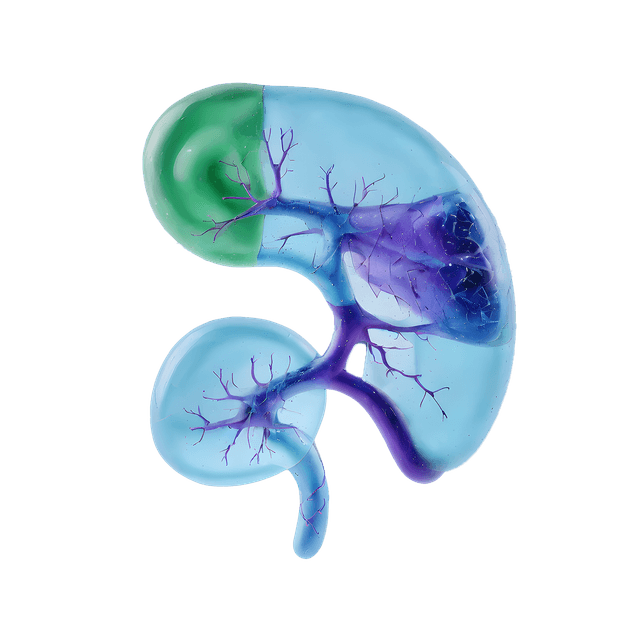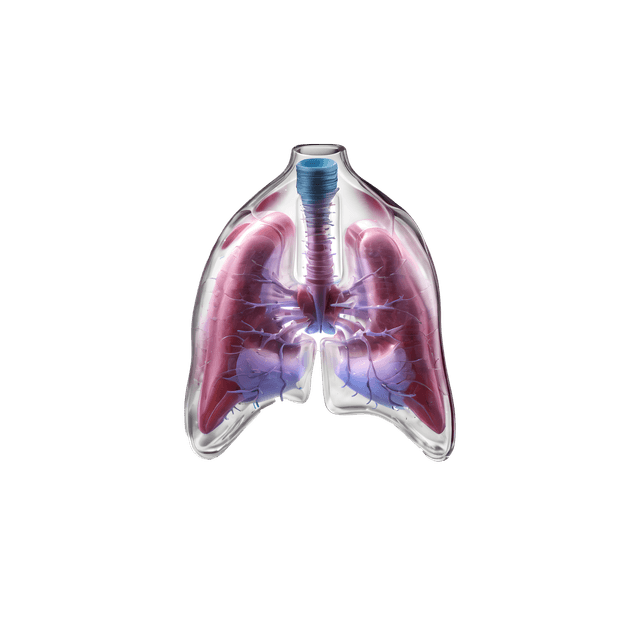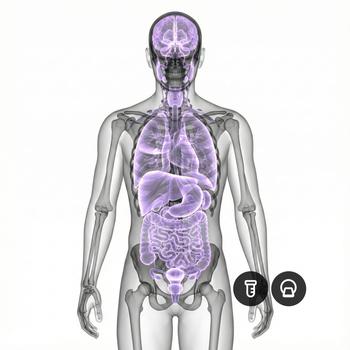Quick version
The skeleton is the body’s support structure that protects organs, enables movement, and stores essential minerals.
- Consists of over 200 bones
- Provides shape, protection for vital organs, and enables movement
- Produces blood cells in the bone marrow
- Its health is influenced by nutrition, hormones, and physical activity
What is the skeleton?
The skeleton is the body’s stable framework and consists of over 200 bones in total. The different bones have various functions — they provide stability to the body, protect vital organs, serve as attachment points for muscles, and produce blood cells in the bone marrow. In an adult human, the skeleton makes up about 15–20% of total body weight.
Structure of the skeleton
All bones in the body have different shapes: some are long (such as the femur), others are short (hand and foot bones), and some are flat (skull bones, ribs) or irregular (the vertebrae in the spine). Each bone type serves a unique purpose, such as providing stability or enabling movement.
The bones are made up of compact, spongy tissue. Their surface is covered by a membrane called the periosteum, which contains blood vessels and nerves. Inside certain bones is bone marrow, where red and white blood cells are produced.
The skeleton is the body’s core
The skeleton serves as the body’s core and is essential for many functions — it gives the body its shape and stability, enables movement, and protects vital organs such as the heart, lungs, and brain. It also plays an important role in blood formation and stores minerals such as calcium and phosphorus.
Pain and bone diseases
Pain in different parts of the skeleton can be caused by heavy strain, injuries, or diseases affecting bone tissue. Common conditions include osteoporosis, fractures, bone inflammation, and tumors. Hormonal imbalances or nutritional deficiencies can also affect bone strength.
Examined with imaging diagnostics
An examination of the skeleton is performed using imaging techniques such as X-ray, computed tomography (CT), magnetic resonance imaging (MRI), or bone density scanning (DXA). Blood tests or biopsies may also be used to analyze bone metabolism and bone marrow if a disease is suspected.
Relevant symptoms
- Pain in bones or joints
- Limited range of motion
- Frequent fractures
- Swelling or deformity
- Fatigue or anemia may indicate bone marrow involvement
Related conditions and diagnoses
- Osteoporosis
- Arthritis (joint inflammation)
- Bone fracture
- Paget’s disease
- Osteomyelitis (bone infection)




